#Tipperary
Text

ROCK OF CASHEL, IRELAND
255 notes
·
View notes
Text

Cashel Rock, Ireland's centre of Catholicism, was destroyed in 1647
#Mount Cashel#Cashel Rock#Tipperary#Munster#mediaeval#sacred space#Irish history#rural landscape#Eire#mystical
142 notes
·
View notes
Text



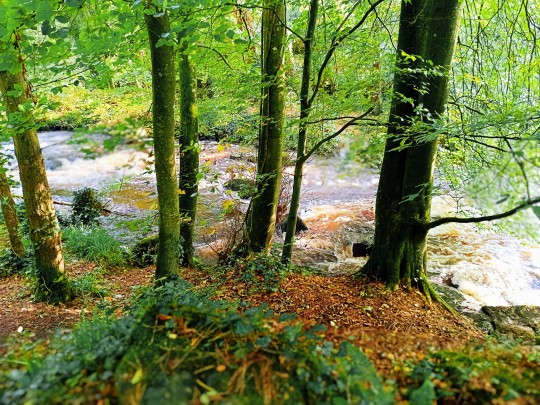
The Clare Glens 🌲☘️
Anyone who knows me knows that the key to my heart is to dump me into nature somewhere. I'm beyond lucky that this beautiful spot is so close to where I live. ❤️ The Clare Glens Loop is a really nice, relaxed hiking trail with the namesake waterfall at the end of the longer route. Will definitely be coming here a lot when the weather improves!!
24 notes
·
View notes
Text


cozy Ireland
91 notes
·
View notes
Text

Hore Abbey - Ireland
August 2017
#original photographer#photographers on tumblr#ruins#architecture#rafefar#landscapes#Tipperary#ireland
64 notes
·
View notes
Text
#OTD in 1922 – Birth of folk singer, Patrick Clancy, in Carrick-on-Suir, Co Tipperary.
Paddy Clancy, was an Irish folk singer best known as a member of the Clancy Brothers and Tommy Makem. In addition to singing and storytelling, Clancy played the harmonica with the group, which is widely credited with popularising Irish traditional music in the United States and revitalising it in Ireland. He also started and ran the folk music label Tradition Records, which recorded many of the…

View On WordPress
#Carrick-on-Suir#Folk Music#Ireland#Paddy Clancy#The Clancy Brothers and Tommy Makem#Tipperary#United States
6 notes
·
View notes
Video
Cahir Castle, County Tipperary, Ireland. by Philip Wood Photography
Via Flickr:
7 notes
·
View notes
Photo
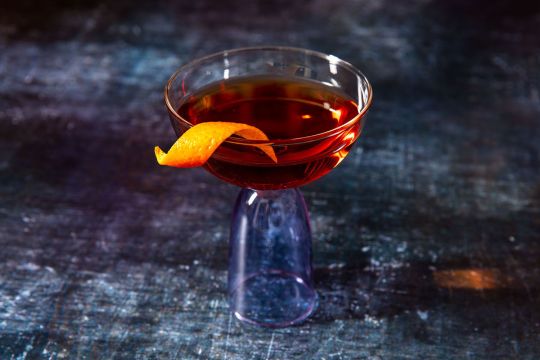
Tipperary Cocktail !
Ingredients:
1 1/2 ounces whiskey
3/4 ounces green chartreuse
3/4 ounces sweet vermouth
2 dashes bitters
1 orange twist for garnish
Directions:
Add Irish whiskey, green Chartreuse, sweet vermouth, and bitters into a mixing glass with ice and stir until well-chilled, about 25 rotations.
Strain into a chilled coupe.
Express the oils from the orange twist over the glass and serve.
By Sean Flynn
This article was not sponsored or supported by a third-party. A Cocktail Moment is not affiliated with any individuals or companies depicted here.
#art#design#cocktail recipes#Cocktails#cocktail#tipperary#irish cream#whiskey#chartreuse#vermouth#bitters#sean flynn
23 notes
·
View notes
Text
youtube
Spring is the time to plant willow, and also to make living willow structures. I made two living willow play areas this year in Limerick. In this video I take you step by step through how I build them.
Music:
Labyrinth (Filmora)
The rose and the thorn by Johannes Bornlof (Epidemic Sound)
Chocolate Cookie Jam By An Jone
Swan by Catriona McKay on harp played by Mara Van Aelst
I am a full-time basket maker and artist living in Tipperary, Ireland with my family. Off-grid in the forest on a mountain.
My website: http://hannavanaelst.com/
FREE Online course BASKET MAKING FOR BEGINNERS:
https://hannavanaelst.com/3071-2/
My online program: BECOMING A BASKET MAKER
https://hannavanaelst.com/online-cour...
Facebook group:
This group is to discuss basket making techniques and materials for basket making, learn from each other, share projects and pictures and pose questions: Basket making with Hanna Van Aelst
Instagram:
/ hannavanaelst
#Hanna Van Aelst#solarpunk#plants#willow#willow tree#trees#living structure#Limerick#Tipperary#Ireland#how to#how to make a living structure#tutorial#Youtube
4 notes
·
View notes
Text
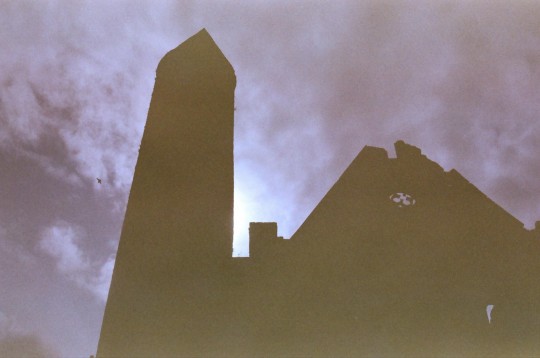
Rock of Cashel, Casey Britton
#rock of cashel#tipperary#ireland#35mm film#film photography#analogue photography#architecture#st. patrick's rock#gothic#pexels#casey britton
2 notes
·
View notes
Text
The Millses in County Tipperary, Ireland
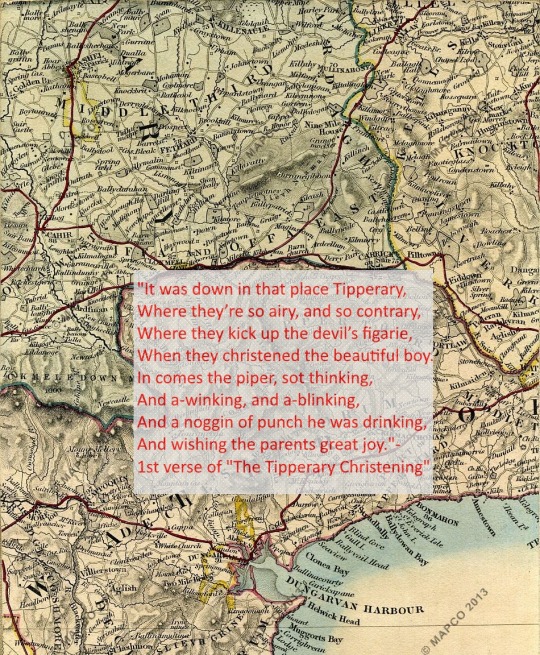
Map is courtesy of "Map of Ireland, Compiled from the Surveys of the Board of Ordnance and other approved Documents By J. & C. Walker 1838" and first verse of "The Tipperary Christening" is courtesy of an Irish genealogy site. Ballysheehan, near Cashel, is pictured in the map above, the location where John Mills said he was born.
As noted in my family history, Mills family members were living in County Tipperary, Ireland, including John Rand Mills and others. The Mills family has established roots in Tipperary. [1]
In 1766, a census recorded a Protestant man named Jno (either John or Jonathan) Mills living on Cashel Rock and a papist woman named Margaret Mills, living in Mealiffe. This census was, as irelandgenweb describes it,
the largest religious census...when each Church of Ireland minister was requested to provide a listing of the members of each denomination in his parish. Although some were completed as requested, many ministers provided only the details on Church of Ireland parishioners, and omitted Catholics, Presbyterians, etc. Others provided a complete survey of all local inhabitants, including family names and the numbers of children in the household....Parishes in this instant are Church of Ireland parishes which are much like the civil parish borders in later years.
Sadly, no one named Mills is listed in the 1821 census fragments. However, they are listed elsewhere. They were listed in applotment books for tithes, which were a "unique land survey taken as a way to determine the amount of tax payable by landholders to the Church of Ireland," with the books representing "a virtual census for pre-Famine Ireland. In the original enumeration, each landholder was recorded along with details such as townland, size of holding, land quality and types of crops," ranging from 1815 to 1838.
This post was originally published on WordPress in May 2018.
Specifically, in the tithe books, for Middlethird Barony, there were nine Millses mentioned, which I have re-ordered by first name, then surname, rather than surname being first.
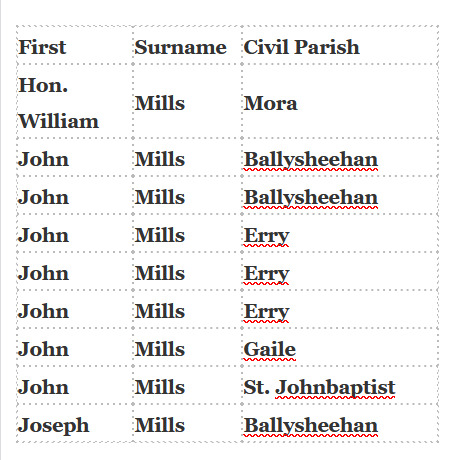
As I have noted earlier on this blog, the John Mills who landed in Warren County was undoubtedly one of the two John Millses who were living in Ballysheehan. Digging into the data further, on can narrow it down by parish. This shows that there are three Millses living in the Ballysheehan parish: John (in Peake), John (in Ballinree), and Joseph (in Ballysheehan). Sadly, the deposition John Mills gives in Warren County does not give these specifics, only giving the parish, but it is clear, he is either the man who was living in Peake or the man in Ballinree. Furthermore, of the other six Millses listed above:
one was living in Castleblake (Honorable William Mills)
one was living in an unnamed town in St. Johnbaptist Parish (another John Mills)
one is living in Killough (yet another John Mills)
two were living in Grangebeg (two other John Millses)
one was living in Grangemore (one final John Mills)
For this, I created the following map, to show were all these Millses were living at the time, showing how they are spread out across County Tipperary which I put together on Google Earth: [2]

In 1831, one John Mills was on a list of "those liable for tithes who had not paid" and he was living in Grangemore as a farmer. Listings in other surviving records do not list anyone else with the surname of Mills. The same goes for House, Quarto, Tenure, Field & Miscellaneous Books for varied Irish parishes, assembled by Richard Griffith, concentrated in the later 1840s to early 1850s. This could imply that many of the Mills family members had either died or immigrated to the United States by that time. Griffith's Valuation from 1848 to 1864 lists a "Patrick Mills" in Erry Parish in the early 1850s, three Millses (Mary, Anne and William) in St. Johnbaptist Parish around the same time, and a John Mills in Killough as well.
Is it is of any surprise that by 1876 there 16 individuals with the surname of Mills listed as land owners in Ireland? The answer is a strong no.
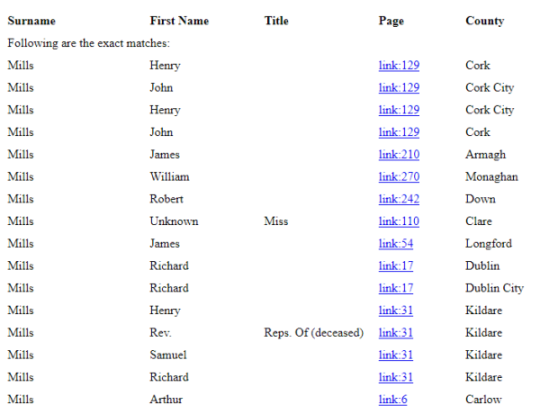
This post gives more context on the Mills family in Ireland and a place to start for further research!
© 2018-2022 Burkely Hermann. All rights reserved.
Notes
[1] Some records show a "John Mills" buried in the nearby county of Wicklow but that is not what I'm referring to.
[2] Except for the one in St Johnbaptist Parish, because the only St. Johnbaptist that comes up are churches in Cashel and I'm not sure if he was living in Cashel.
#tipperary#ireland#county tipperary#irish history#irish genealogy#irish famine#19th century#genealogy#family history#ancestry#wordpress#google earth#census#family mystery#mysteries#rock of cashel
4 notes
·
View notes
Text
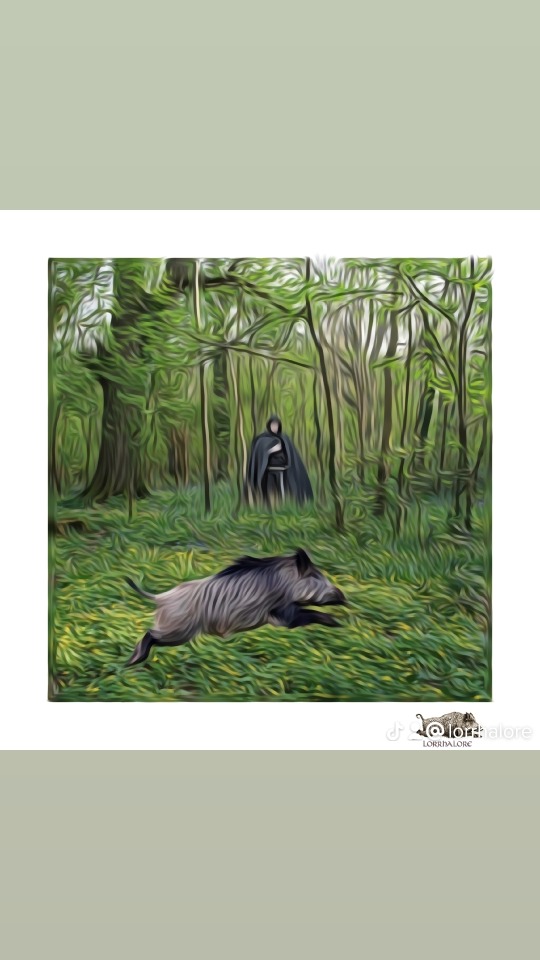
🐗 St. Ruadhán and the Wild boar.
(St. Ruadhán's feast day April 15th)
The wild boar is a symbol of the warrior spirit and there are numerous ancient Celtic myths and legends reflecting these attributes. The foundation of Lorrha is based on the representation of the wild boar as a pagan symbol and St. Ruadhán as the founder of Christianity in this area, The Life of Ruadhán reflects this as follows:
'On Ruadhán's arrival at the aforesaid place, a wild boar, fearful of him, abandoned its hallow, for that place in the above-mentioned kingdom of Múscraighe was deserted before holy father Ruadhán founded the great monastery of Lorrha, in which he himself is buried.' Later in the famous 'Cursing of Tara', King Diarmuid counter-attacks the curses of St.Ruadhán with the following references to the boar in his malediction: 'Your much-loved place will be deserted, and swine will turn it over with their snouts' and later again replies 'A fierce wild boar will dig out your coffin with his tooth'. These are symbolic of the intended reversion of Lorrha to it's pre-Christian wilderness and the desecration of St. Ruadhán's shrines.
Source: Pádraig Ó Rain, Four Tipperary Saints (Dublin, 2014) pp 74-5, 81-2.
James Heenan, The Cursing of Tara - Symbolism and Interpretation (The Lamp, 2023) pp 48-53.
Text: Lorrhalore
Picture: A wild boar fleeing on the approach of St. Ruadhán to Lorrha (Image generated by Lorrhalore ©)
4 notes
·
View notes
Text
youtube
More cycling on Ireland's River Suir Blueway, this time from Kilsheelan to Carrick-on-Suir in County Tipperary with views to County Waterford across the river.
#ireland#cycling#river suir#travel#tipperary#waterford#panoramic ireland#photographers of tumblr#vsco#vscocam#scenery#photographers on tumblr#youtube#Youtube
15 notes
·
View notes
Text

5 notes
·
View notes
Text
Gondola is OFF TO TIPPERARY!!!

youtube
#Gondola#military#tipperary#Tipp#Irish#Song#text#drawing#MSpaint#ms paint art#sketch#gondola#it's a long way to tipperary#molly#Tipperary song#music#ww1#world war 1#the war to end all wars#Youtube
3 notes
·
View notes
Photo
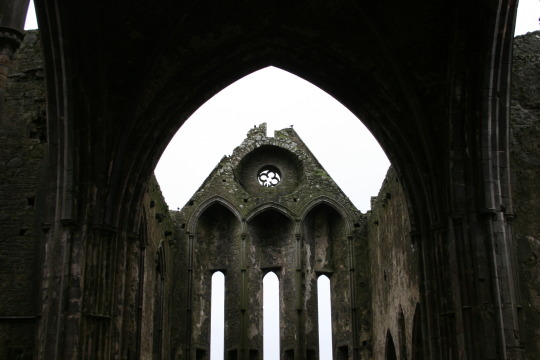
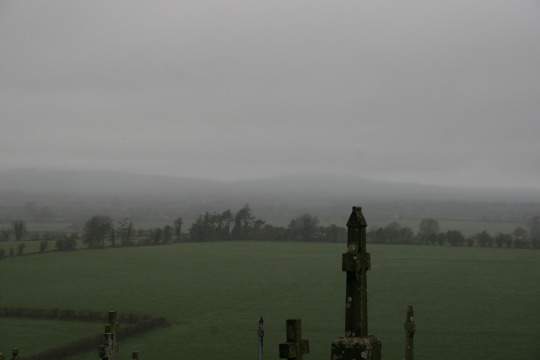

Rock Of Cashel ~
#rock of cashel#cashel#tipperary#munster#ireland#once again posting old photos of mine simply bc im bored .. enjoy all the same lmao
15 notes
·
View notes
